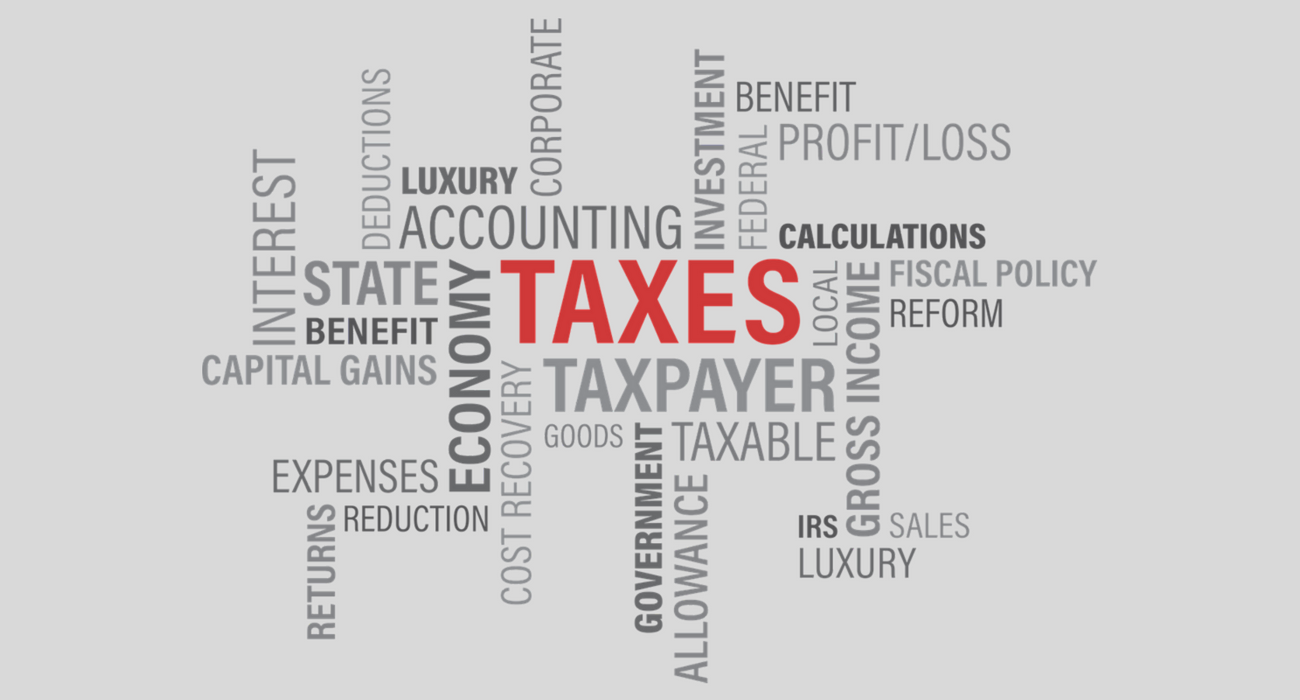You have to pay your income tax and there’s no two way about it. Come 31st March, and you have to file your tax return if you don’t want to fall under the ambit of defaulter or attract any penalties. There are enormous ways to save your income tax including NPS, LTA and other tax saving investments. Let’s have a look at them.
But before that, you have to calculate your income tax liabilities correctly under the five heads- salary income, income from house property, profits and gains from the business, capital gains and income from other sources.
Once you have calculated taxable income, know the tax saving investment that you are eligible for:
Public Provident Fund
It is a 15 years scheme that offers returns of 7.6%. This scheme suits to the investors who are sensitive to the volatile market and don’t want returns akin to the equity. However, if you are chasing for a long term goal or want to adjust the inflation risk, it is better to invest in equity linked saving scheme and not solely depend upon PPF.
Voluntary Provident Fund
It is mandatory for every employee to contribute 12% of the basic pay into EPF. However, one may increase its contribution to 100% of basic pay and dearness allowance into Voluntary Provident Fund. Though, it is a safe and secured way to safeguard your investment for the retirement, but the amount gets locked in for a longer tenure, therefore use this instrument judiciously.
Income Tax Benefits Under 80C
Apart from these, there are several other breaks that the investors can opt for, but a tax payer can claim a maximum of Rs 1.5 lakh for a particular assessment year.
Post Office Time Deposit Account
It is available under the tenure of 1, 2,3, and 5 years. Currently, it offers interest of 7.4% per annum and is payable annually, but compounded quarterly.
Senior Citizen Saving Scheme
This scheme is available for the senior citizens and early retirees. Currently, this scheme offers the return of 8.3% and is payable quarterly. The maturity period is 5 years and minimum amount that a person can invest is Rs 1000 and maximum amount Rs 15 lakh. Interest income is taxable and taxes will be deducted at source if the amount exceeds Rs 10,000. Maturity amount is exempted from the income tax.
National Saving Certificate – (NSC)
The 5 year NSC certificate offers an interest rate of 7.6% and is fully taxable. NSC qualifies for 80 C tax rebate, except in the last year.
Sukanya Samriddhi Yojana
Currently, this scheme offers an interest rate of 8.1% and is compounded annually. This scheme offers the highest tax-free return with a sovereign guarantee with the exempt-exempt-exempt status. The SSY can be opened up at any time after the birth of the girl as she ages to 10 years. A maximum of 1.5 lakh can be deposited annually under this scheme. The account will remain open till your daughter turns 21 years old.
Comparison Chart for Tax Saving Investments
| Investments u/s 80C | Rate of Interest | Lock-in Period | Guaranteed Returns | Risk-Profile |
| ELSS | Market-linked | 3 yrs | No | Risky |
| PPF | 7.9% | 5-15 yrs | Yes | Non-risky |
| NSC | 7.9% for 5 year | 5 yrs | Yes | Non-risky |
| Tax saver FD | Varies from time to time (7% SBI) | 5 yrs | Yes | Non-risky |
| ULIP | Market-linked | 5 yrs | No | Risky |
| Sukanya Samriddhi Scheme | 8.4% | 21 yrs | Yes | Non-risky |
| SCSS | 8.4% | 5 yrs | Yes | Non-risky |
Other investments that are eligible for 80C deduction include infrastructure bonds, the premium paid to LIC, NABARD Bonds, children tuition fees, repayment of principal amount for the home loan etc.
Medical Insurance u/s 80D
You can take health insurance policy for family or dependents. This avenue gives you deduction over and above 1.5 lakh limit.
Deduction of rent paid, provided you don’t receive HRA from your employer, educational loan u/s 80 E (Yourself, spouse or children), donations under 80G (not all donations are 100% tax free, the quantum of deduction will depend upon the class.)
In the end, we would like to conclude that don’t invest blindly or don’t follow the herd. Not only consider the savings that these financial products offer before deducting the income tax but consider the post-tax return benefit too. Most importantly, do not miss filling your return for previous financial year before 31st March 2018.








Pingback: Income Tax Slab for FY 2018-2019